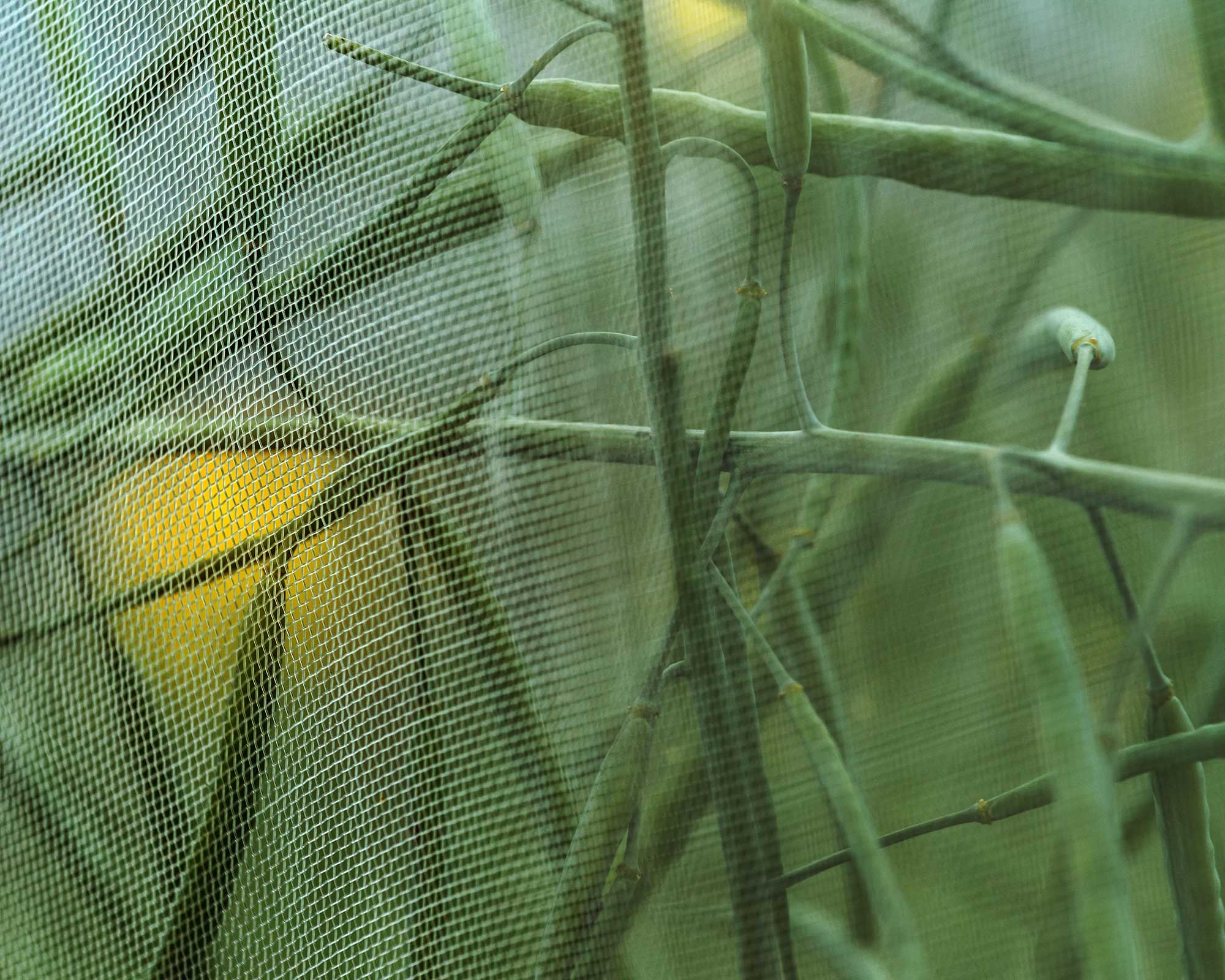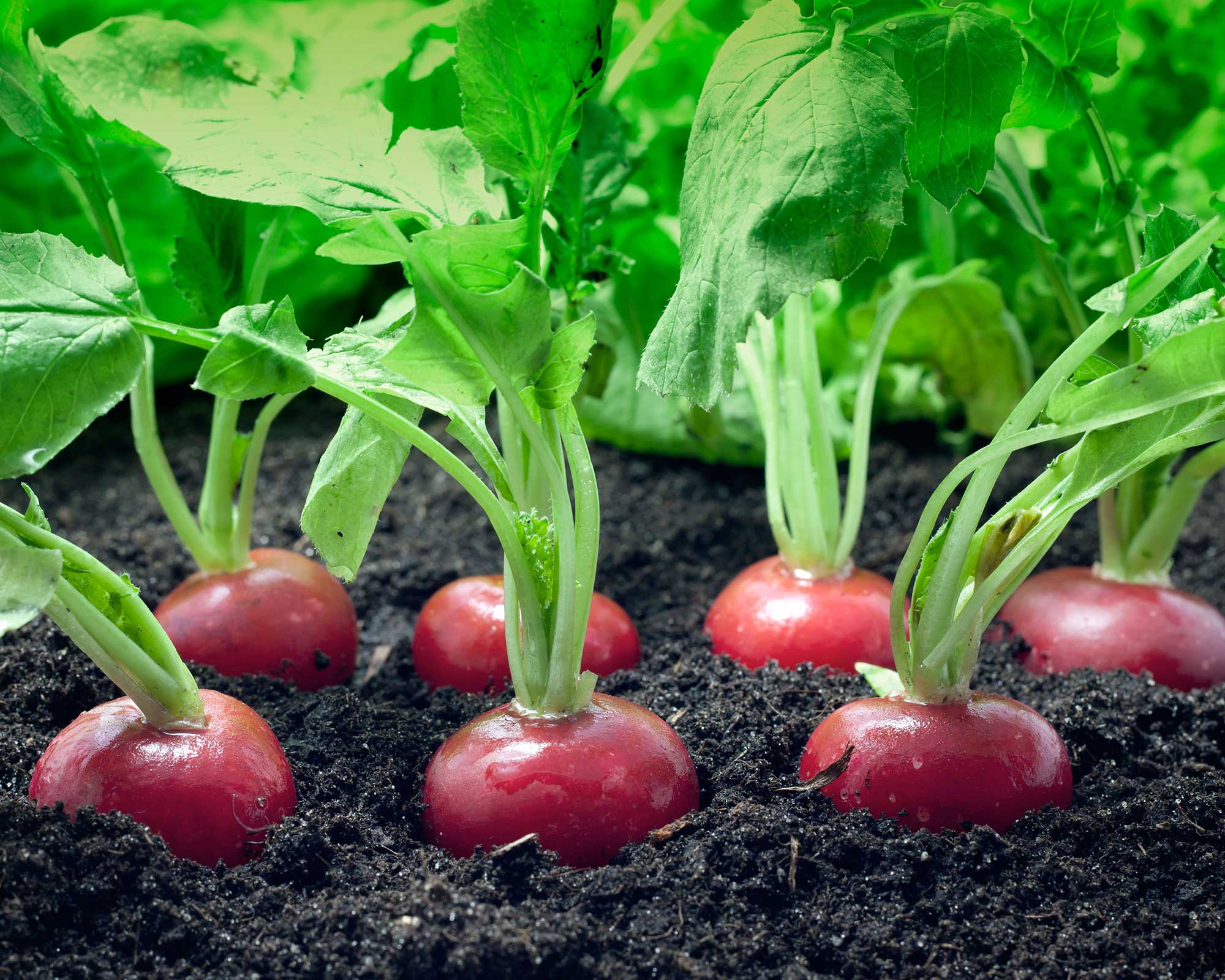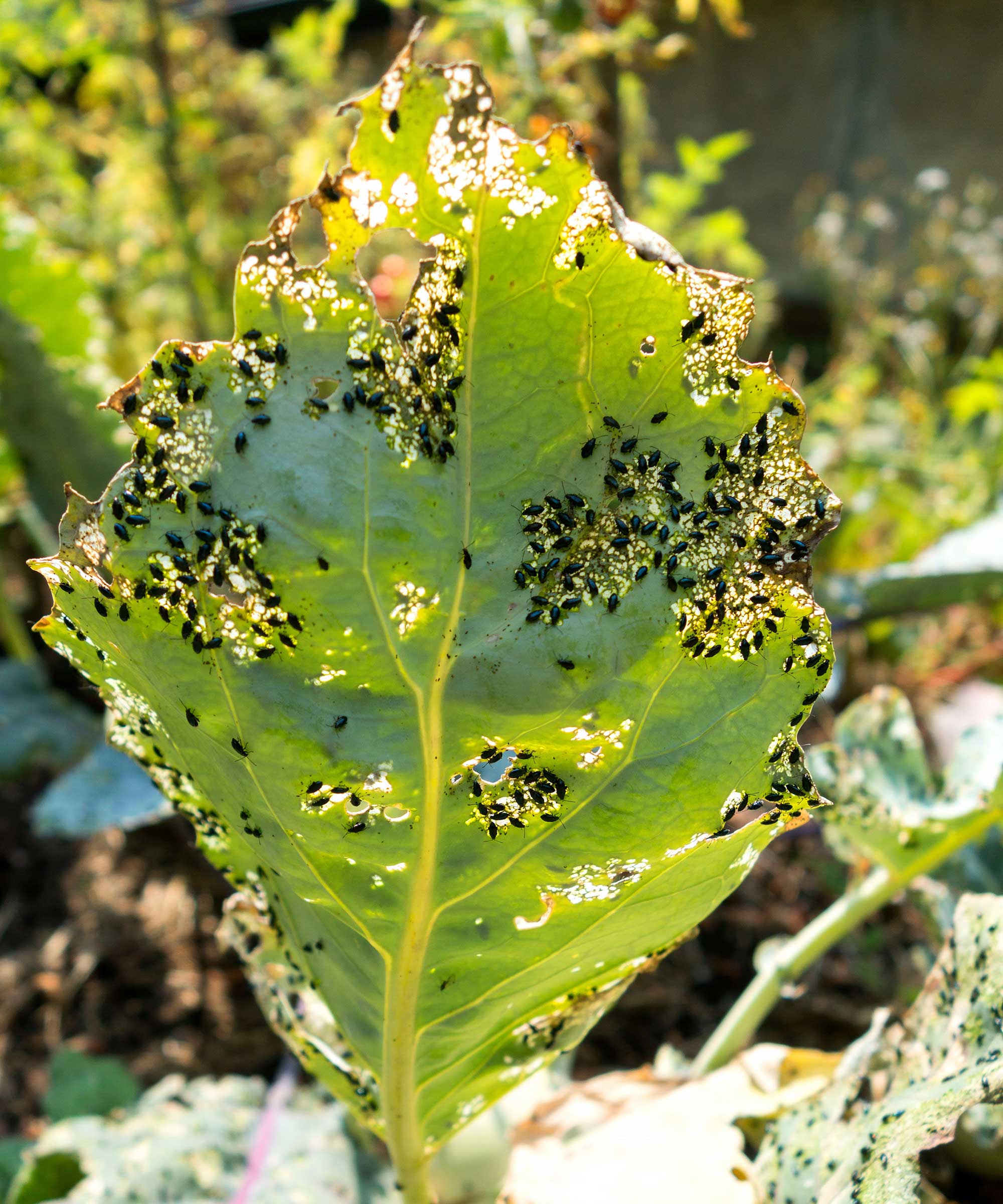How to get rid of flea beetles: top tips for deterring these pests from your yard
Protect your plants by learning how to get rid of flea beetles – our guide explains how


Spotted lots of holes in your crops' leaves? Our tips on how to get rid of flea beetles may be the solutions you need. These insects can be a nuisance, but luckily they aren't too tricky to deter.
There are more than 100 different types of flea beetle, not all of which will feed on garden plants. But some Phyllotreta and Psylliodes species will happily nibble through leafy greens, such as brassicas, in your containers or raised beds. Some will target flowers too, such as nasturtiums and wallflowers. Although the damage they cause generally isn't fatal, it can spoil the quality and overall look of your prized plants. Plus, as the bugs hop from leaf to leaf, they can spread diseases.
Damage usually starts in mid-spring, once the pests have emerged from their winter hibernation, and continues throughout summer. So, once the weather begins to warm, keep an eye out. As with getting rid of ants and any other pests, it's best to take action as soon as possible to prevent more severe infestations: our advice will help.
6 ways for how to get rid of flea beetles in your garden
Try these simple tips on how to get rid of flea beetles to help keep your plants in tip-top condition.
1. Encourage natural predators
A natural way to deal with flea beetles is to try to encourage more insects and other wildlife into your plot that will feed on them.
For instance, learning how to attract birds into your garden can be beneficial in keeping the pest populations down. Plus, watching feathered friends from a seating area or even the kitchen window is one of those simple joys that delights all ages. It can be as simple as hanging a bird feeder or two.
Ponds are another wildlife garden idea that's great for attracting creatures that prey on pests, such as frogs. And, of course, they have tons of sensory benefits for an outdoor space and look gorgeous when surrounded by pretty pond plants.

2. Install insect-proof mesh over your plants
Another easy and organic way to protect crops from flea beetle damage is to grow them beneath insect-proof mesh, as suggests the RHS. Products with a fine mesh size – usually 0.03in/0.8mm – will be suitable.
Insect-proof mesh is also useful in deterring cabbage white butterflies – so it's a good option if you're growing cabbages in your garden. Made of clear polythene, it can last many years and any tears can usually be fixed with epoxy resin glue and patches.
A bonus point of insect-proof mesh is that it is somewhat effective at protecting plants from heavy rain, wind, and hail. However, unlike horticultural fleece, it's not much help against frost damage. Also, be aware that crops should be well-spaced out beneath the mesh – the increased humidity it causes can encourage mold and mildew to develop on your plants.

3. Try companion planting
Companion planting can be a useful technique in keeping pests away from prized plants – as you'll know if you've already read up on how to get rid of aphids, for example.
Some fragrant plants, such as thyme or mint, can throw pests off the scent of your leafy crops. Just remember to plant mint in its pot to stop it from taking over your beds.
You can also plant 'trap' crops which will lure flea beetles away from the ones you want to keep. Radishes are a good example of this – and as the beetles seldom do any real damage to the roots, you can still enjoy the harvest.

4. Clear nearby hibernation spots
Flea beetles overwinter in leaf litter. So, it's a good idea to keep the area around your veg beds clean and tidy over the cooler months to deter them.
You can put collected fallen leaves to good use by learning how to make leaf mold – a useful soil conditioner.
Keeping an orderly plot can help deter other pests too, including stink bugs.

5. Make sticky traps
Young seedlings are particularly vulnerable to flea beetle damage, but Lucy Chamberlain, Amateur Gardening magazine's fruit and vegetable expert, has a top tip to try. 'As soon as you see signs of damage, smear grease over some short rectangles of cardboard and run them over your seedling rows,' she says.
'As the flea beetles are disturbed, they jump – and meet with their sticky end. Job done!' The trick works because of the fact flea beetles are able to use their long back legs to jump into the air when threatened – just like a flea.
Amateur Gardening's Ruth Hayes can confirm from experience that the greased cardboard trick works well in deterring these pests. 'Flea beetles are an absolute menace and attack a wide variety of plants and crops, as I have learned to my cost,' she begins.
'I would much rather use organic controls than pesticides, so my go-to method of removing them is to smear a square of cardboard with grease or insect barrier glue, attach it to a cane and sweep it over the beetle-affected plants.
'As they jump to avoid it, they stick to the card, which is incredibly satisfying to see, and also demonstrates the severity of the infestation. If it's bad, repeat the procedure as necessary,' Ruth says.

6. Use an insecticide to battle flea beetles
Flea beetles generally aren't a serious problem (in fact, the RHS advises tolerating them if you can, particularly on larger brassicas where outer leaves are discarded anyway). After all, there are many pests that cause much more damage – termites can cause serious structural damage to houses, for instance.
However, if you're dealing with a severe infestation and natural deterrents don't seem to be working, then turning to an insecticide might be the solution you need. Just bear in mind that these are often harmful to other wildlife too, including pollinators.
An organic, short-persistence product used in a targeted and minimal way is generally the most eco-friendly option. Apply it following the manufacturer's instructions, taking all necessary safety precautions. And ensure your chosen product is safe to use on your food crops before doing so.

How do you identify flea beetles?
Now you know how to get rid of flea beetles. But, if you don't already, you'll also need to know how to identify them.
These insects are very small – around 1/10in long. They're shiny, can be blue, black, brown, or green, and jump from plant to plant.
You're likely to spot the damage they cause first, rather than the insects themselves. Look out for leaves that are peppered with small holes – these damaged areas can then discolor and dry up.

The garden was always a big part of Holly's life growing up, as was the surrounding New Forest where she lived. Her appreciation for the great outdoors has only grown since then. She's been an allotment keeper, a professional gardener, and a botanical illustrator – plants are her passion.
